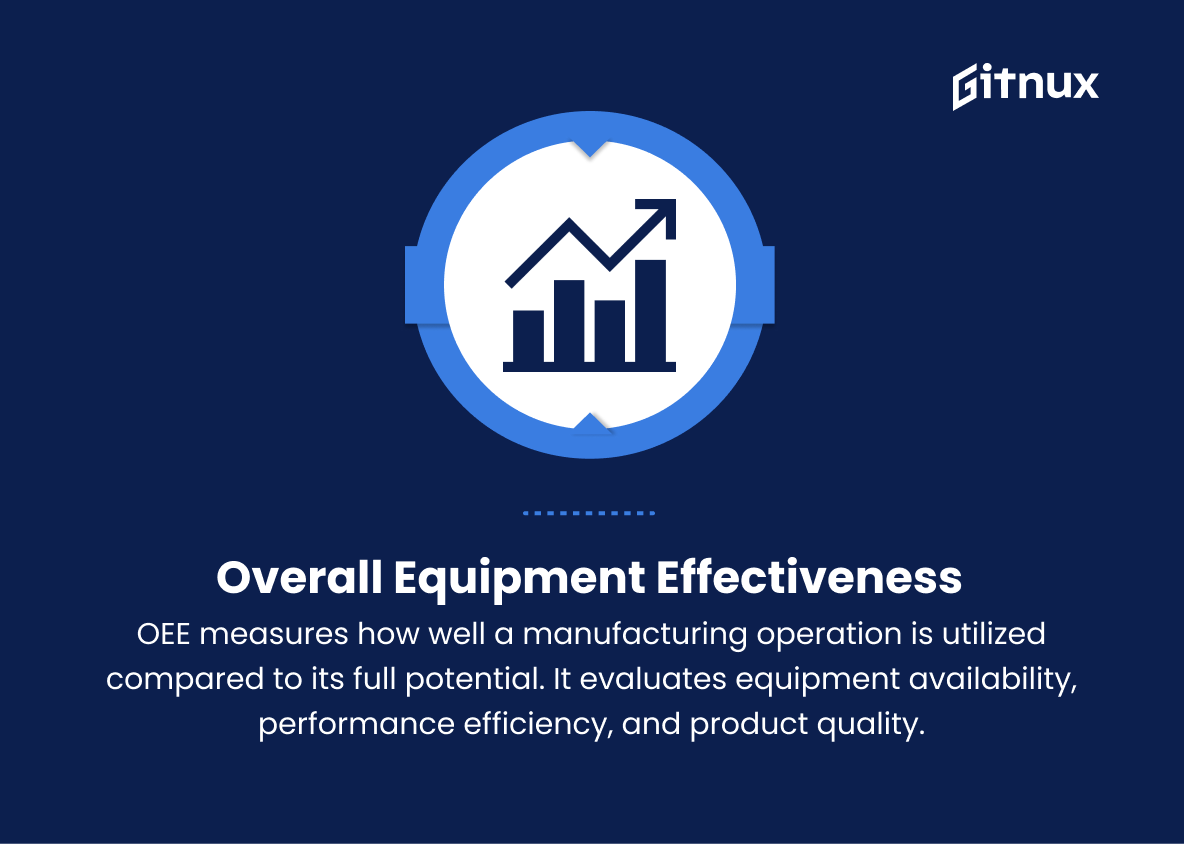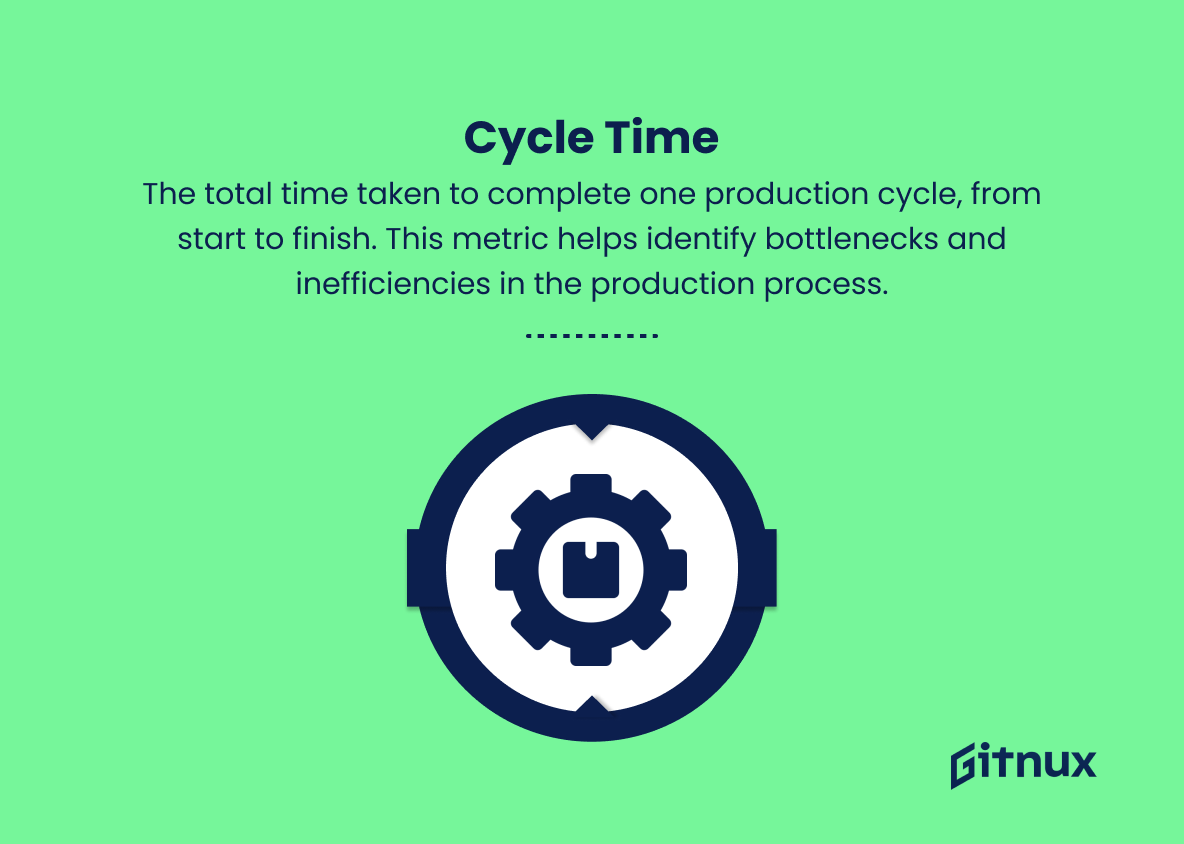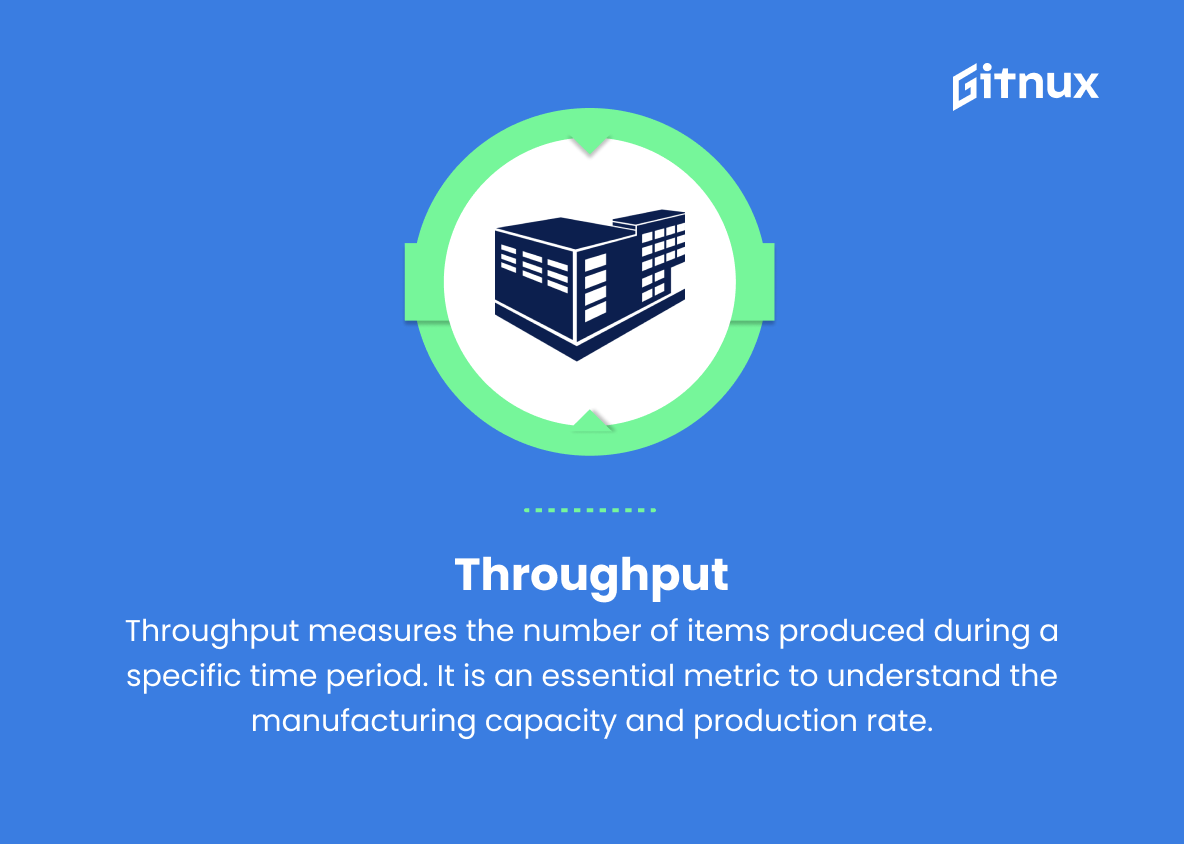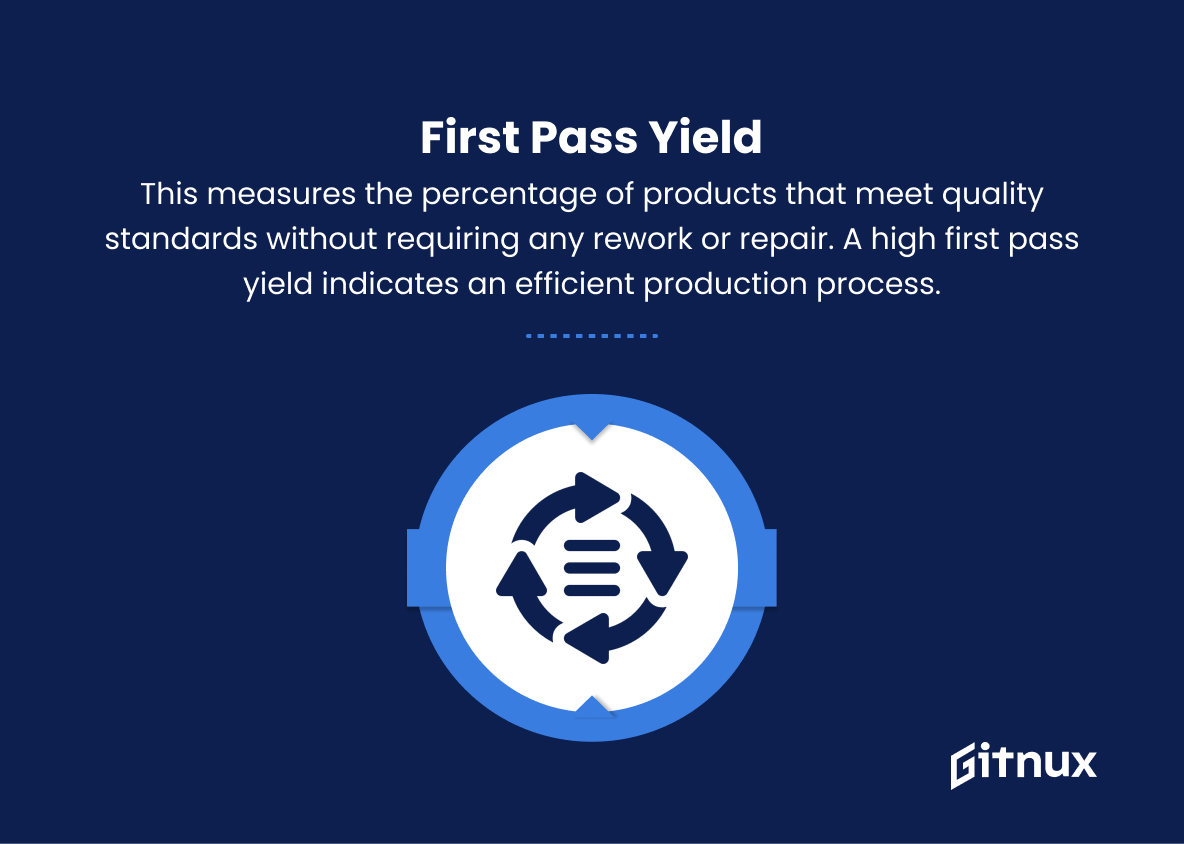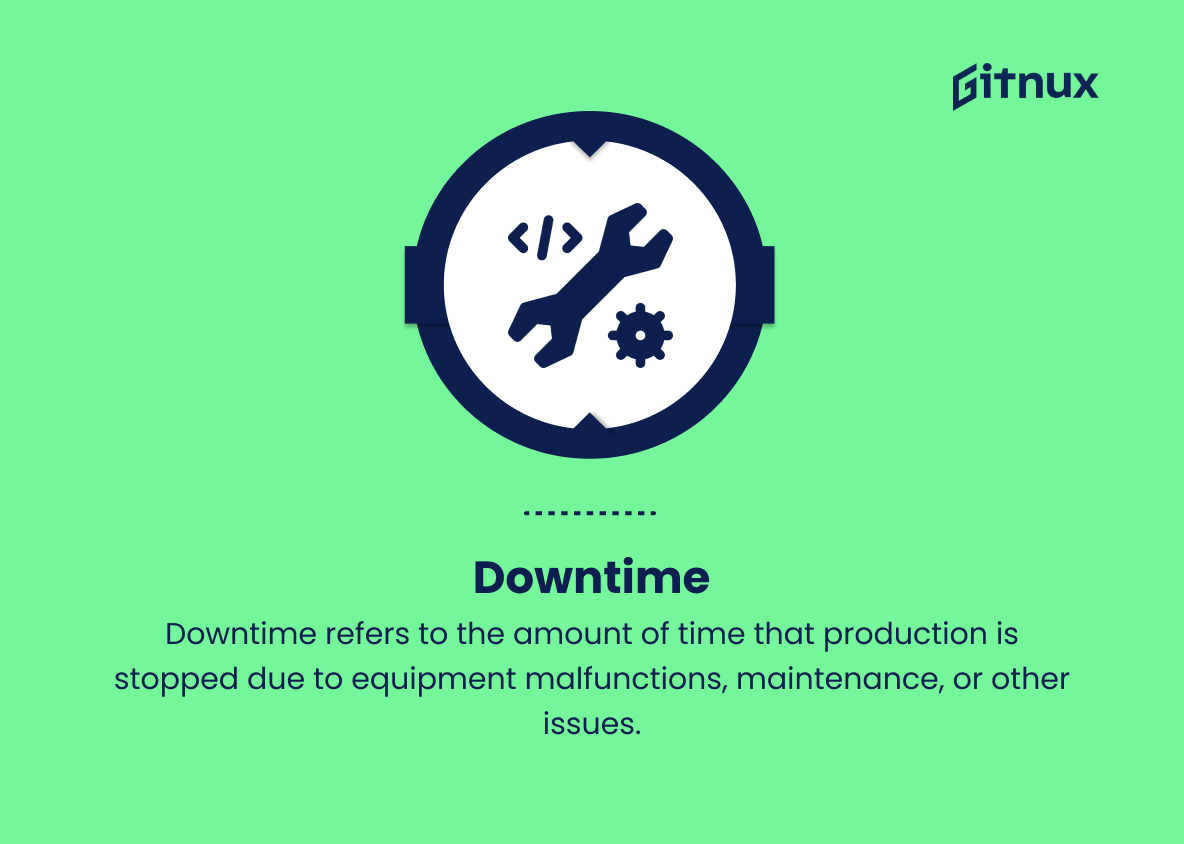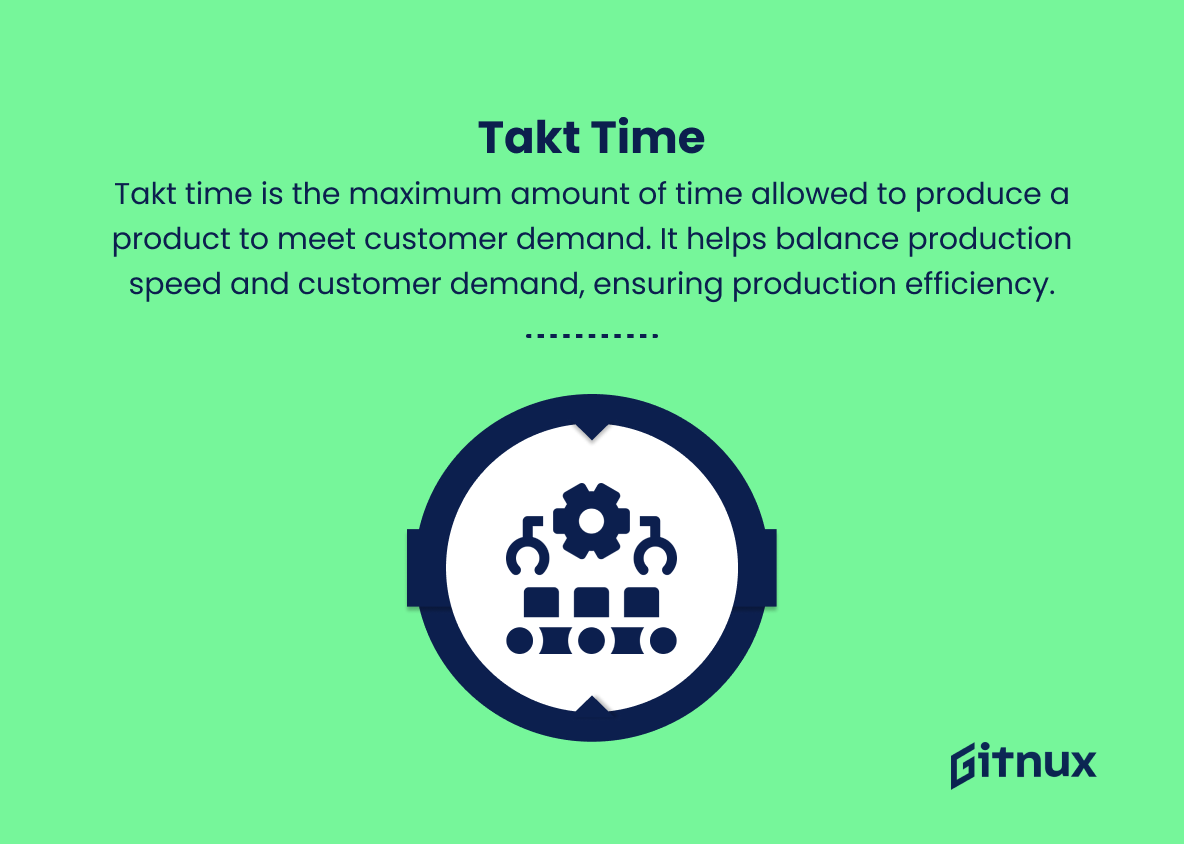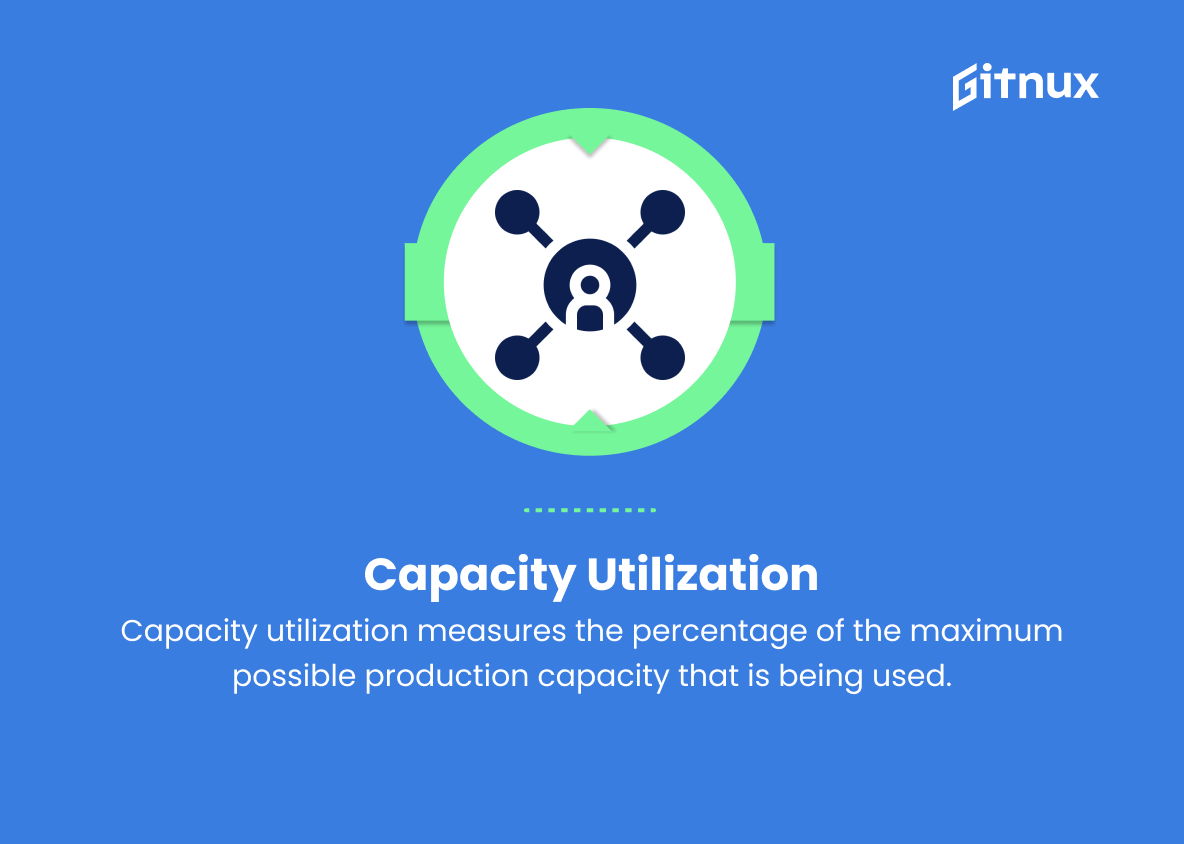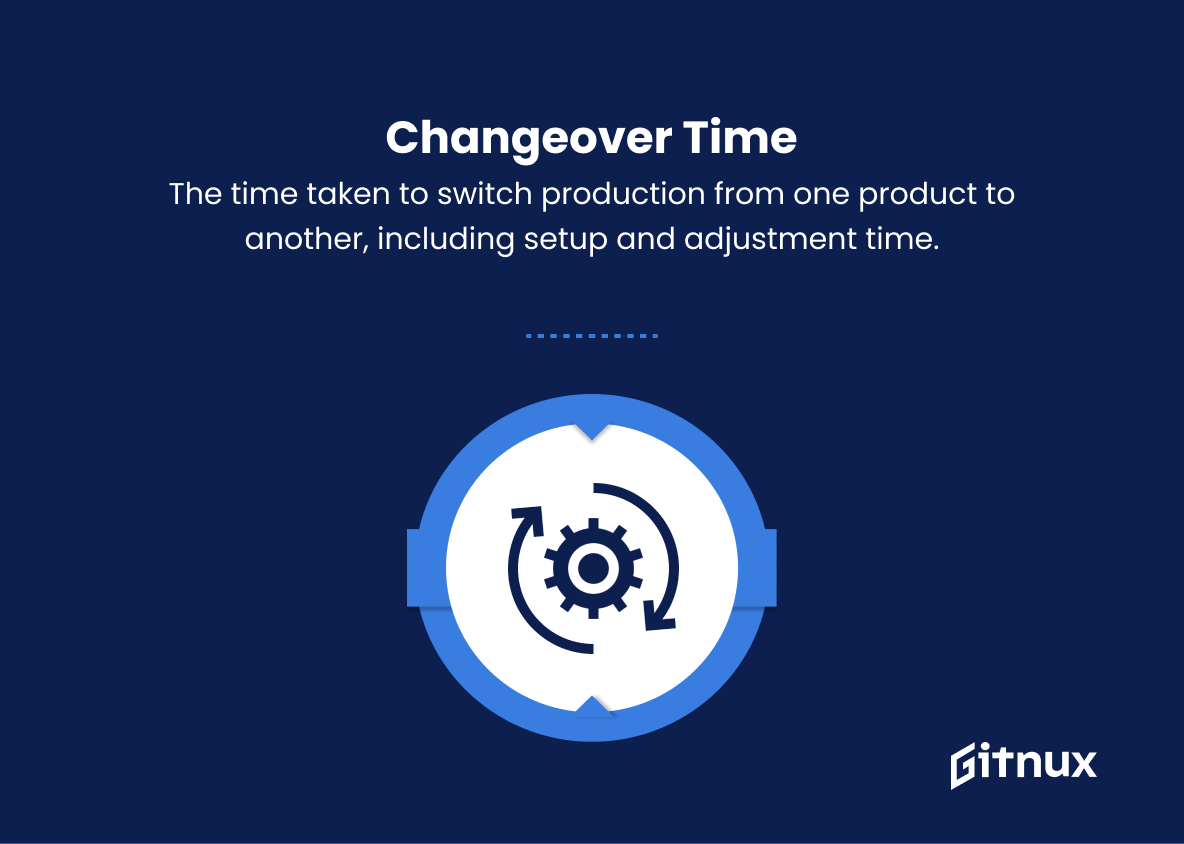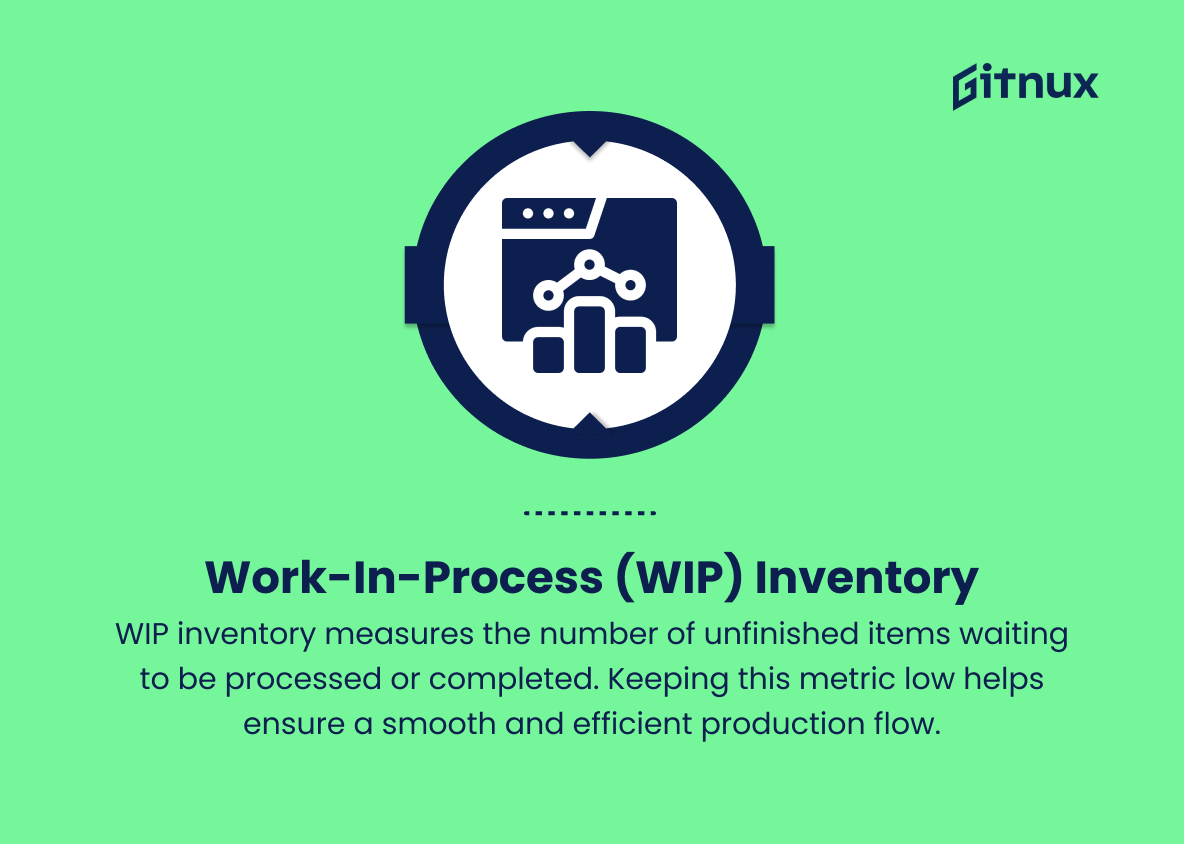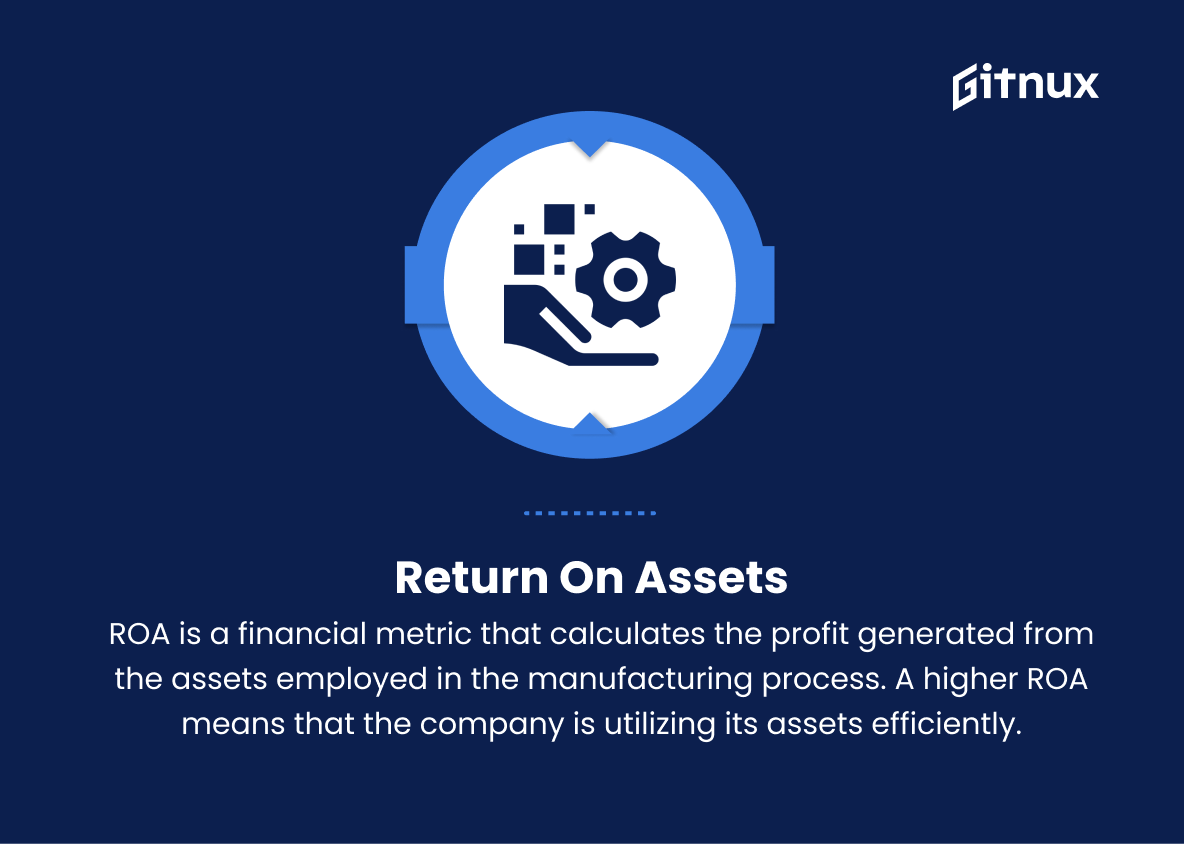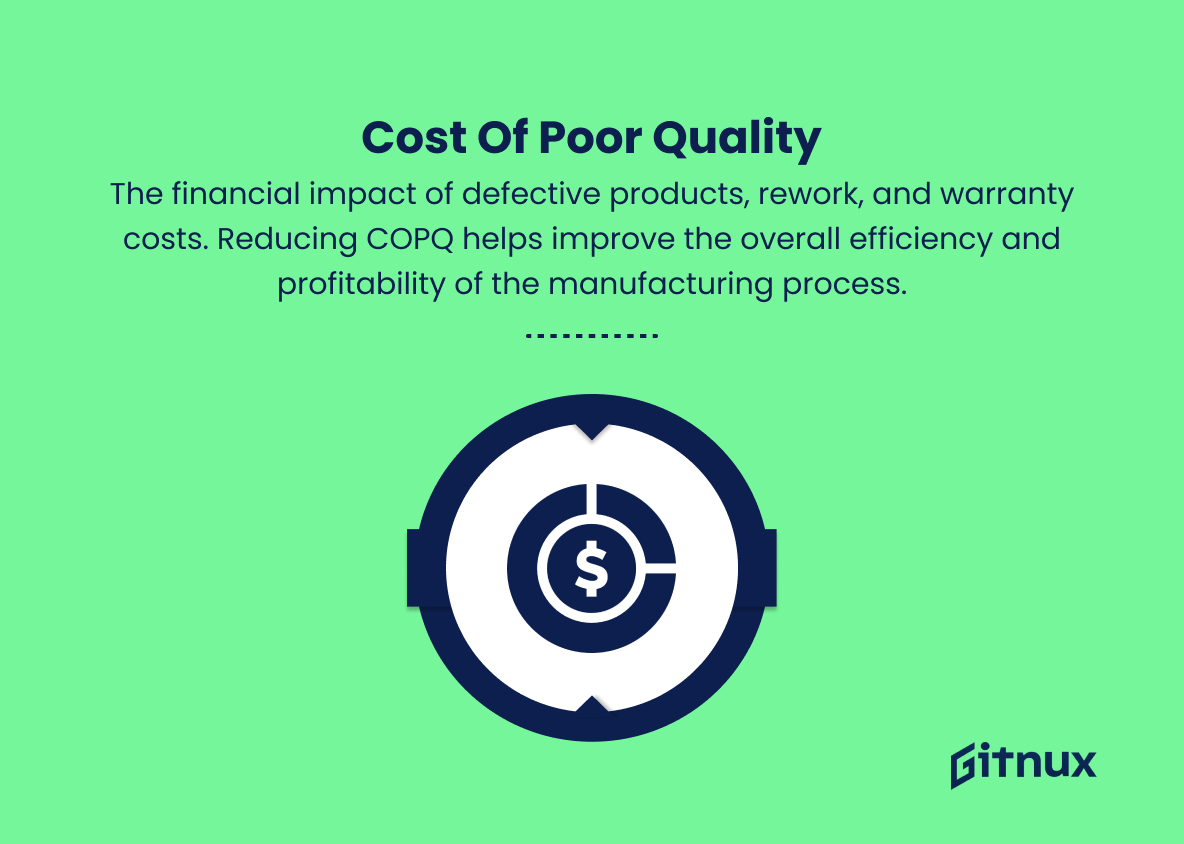In today’s highly competitive global market, staying ahead of the curve in terms of manufacturing productivity is not just a matter of luck or guesswork – it requires a deep understanding of the key performance indicators (KPIs) that drive success. Manufacturing productivity metrics provide invaluable insights into a company’s efficiency, enabling businesses to optimize their operations and deliver superior results.
In this incisive blog post, we will delve into the world of manufacturing productivity metrics, discussing the most vital KPIs that every industry player should be aware of. Furthermore, we will explore how these metrics can be harnessed to streamline workflows, improve cost-efficiency, and secure a competitive edge in today’s dynamic manufacturing landscape.
Manufacturing Productivity Metrics You Should Know
1. Overall Equipment Effectiveness (OEE)
OEE measures how well a manufacturing operation is utilized compared to its full potential. It evaluates equipment availability, performance efficiency, and product quality to determine overall productivity.
2. Cycle Time
The total time taken to complete one production cycle, from start to finish. This metric helps identify bottlenecks and inefficiencies in the production process.
3. Throughput
Throughput measures the number of items produced during a specific time period. It is an essential metric to understand the manufacturing capacity and production rate.
4. First Pass Yield
This measures the percentage of products that meet quality standards without requiring any rework or repair. A high first pass yield indicates an efficient production process and good quality control.
5. Downtime
Downtime refers to the amount of time that production is stopped due to equipment malfunctions, maintenance, or other issues. Reducing downtime is essential to improve manufacturing productivity.
6. Scrap Rate
The scrap rate quantifies the amount of material wasted during the production process, either as raw materials or finished products that don’t meet quality standards.
7. Labor Efficiency
This metric measures the ratio of actual hours worked by employees to the standard hours of work needed to complete the production.
8. Takt Time
Takt time is the maximum amount of time allowed to produce a product to meet customer demand. It helps balance production speed and customer demand, ensuring production efficiency.
9. Capacity Utilization
Capacity utilization measures the percentage of the maximum possible production capacity that is being used. A high capacity utilization rate indicates efficient use of resources and production facilities.
10. Changeover Time
The time taken to switch production from one product to another, including setup and adjustment time. Shorter changeover times result in less downtime and higher productivity.
11. Work-In-Process (WIP) Inventory
WIP inventory measures the number of unfinished items waiting to be processed or completed. Keeping this metric low helps ensure a smooth and efficient production flow.
12. Lead Time
The total time taken from the customer placing an order to receiving the finished product. Shorter lead times result in better customer satisfaction and faster inventory turnover.
13. Return on Assets (ROA)
ROA is a financial metric that calculates the profit generated from the assets employed in the manufacturing process. A higher ROA means that the company is utilizing its assets efficiently.
14. Cost of Poor Quality (COPQ)
The financial impact of defective products, rework, and warranty costs. Reducing COPQ helps improve the overall efficiency and profitability of the manufacturing process.
15. Net Promoter Score (NPS)
NPS measures customer satisfaction and loyalty by asking customers how likely they are to recommend the product to others. A high NPS indicates satisfied customers and potential future growth.
Manufacturing Productivity Metrics Explained
Manufacturing productivity metrics are essential for evaluating the efficiency and effectiveness of production processes. Overall Equipment Effectiveness (OEE) measures how well a manufacturing operation is utilized compared to its full potential, considering equipment availability, performance efficiency, and product quality. Cycle Time helps identify bottlenecks in the production process by measuring the total time taken to complete one production cycle. Throughput and First Pass Yield are important for understanding manufacturing capacity, production rate, and product quality.
Reduction of Downtime, Scrap Rate, and Changeover Time lead to higher productivity levels, while maintaining a balanced Work-In-Process (WIP) Inventory ensures smooth production flow. Labor Efficiency, Takt Time, and Capacity Utilization are crucial to monitoring productivity rates and resource usage during production.
Lead Time, Return on Assets (ROA), and Cost of Poor Quality (COPQ) take into account customer satisfaction, asset performance, and the financial impact of defects on profitability, while Net Promoter Score (NPS) measures the likelihood of customer recommendations and future growth potential. Overall, these metrics provide invaluable insights into the functioning of a manufacturing process and help drive continuous improvement and increased efficiency.
Conclusion
In conclusion, manufacturing productivity metrics are essential tools for effectively monitoring and optimizing production processes. By focusing on key performance indicators such as Overall Equipment Effectiveness (OEE), Total Effective Equipment Performance (TEEP), cycle time, yield, and capacity utilization, manufacturers can identify costs, inefficiencies, and areas for improvement.
The successful application of these metrics will ultimately lead to the achievement of greater manufacturing productivity, reduced costs, improved quality, and increased profitability. Embracing these metrics in day-to-day operations can make a significant positive impact on a company’s overall competitiveness and long-term success in today’s global marketplace.
